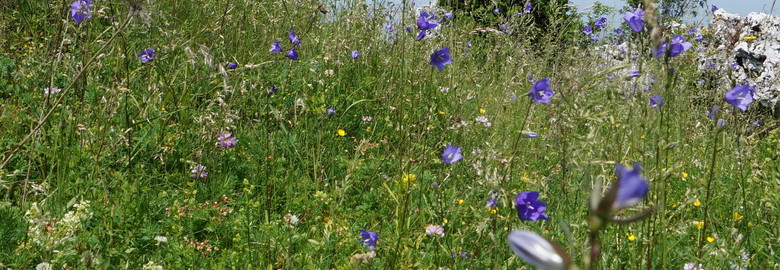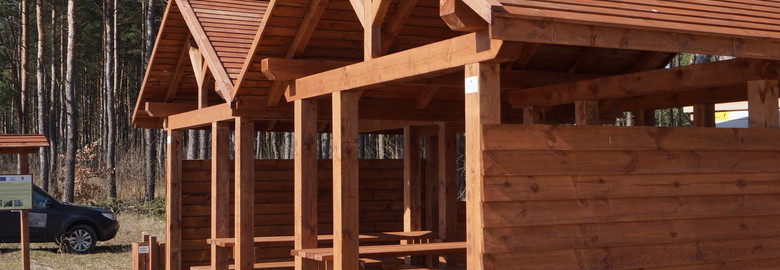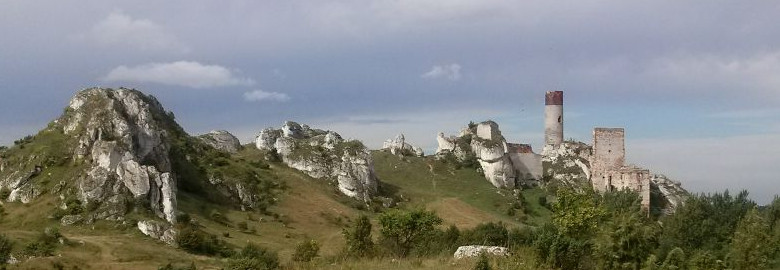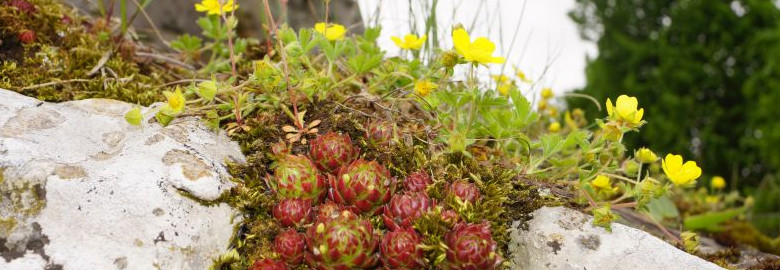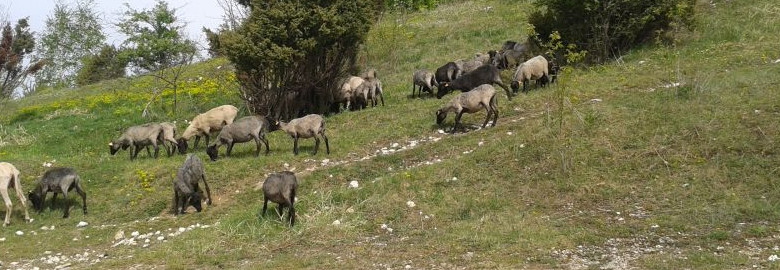Liczba wizyt
Maintenance of habitat conditions of Cochlearia polonica post in the spring area of the Centuria river
One of the actions of Project LIFE11 NAT/PL/432 is the maintenance of the habitat conditions of Cochelaria polonica. Cochelaria polonica in an endemic species of the Kraków-Częstochowa Upland.
The main habitat requirements include, i.a., substantial volume of the ecological niche, sandy substrate, low water level and proper solar exposure. Cochealaria polonica colonizes sites with shallow (a few centimeters deep) water which is flowing slowly, as well as lightly elevated, sandy sites which are constantly damp. It is a non-expansive species with very limited competitive abilities, therefore it is often supplanted by other species. The spring of the Centuria river is the biggest substituted position of Cochealaria polonica in Poland. The observations so far have pointed out the following threats to the survival of Cochealaria polonica: the shaded position due to massive tree tops, the penetration of the spring area and uncontrolled construction. The water level in the spring niche is monitored. As a part of the project the beneficiary bought and installed special sensors which are used for detailed analysis of the hydrological conditions. The equipment includes three piezometers and one barologger which measures atmospheric pressure necessary for the compensation of data in leveloggers. The measurement takes place two times a day (at midnight and at noon). The results obtained by piezometers are collected once a month. Piezometers measure water level (in centimeters) and water temperature (in Celsius degrees). The piezometer readings have shown no relevant (i.e. dangerous for Cochealaria polonica’s habitat) fluctuation in water level and water temperature so far. Cochealaria polonica is included in Annex II to the Habitats Directive, the Red List of Polish Plants and Fungi and the IUCN Red List of Threatened Species.



